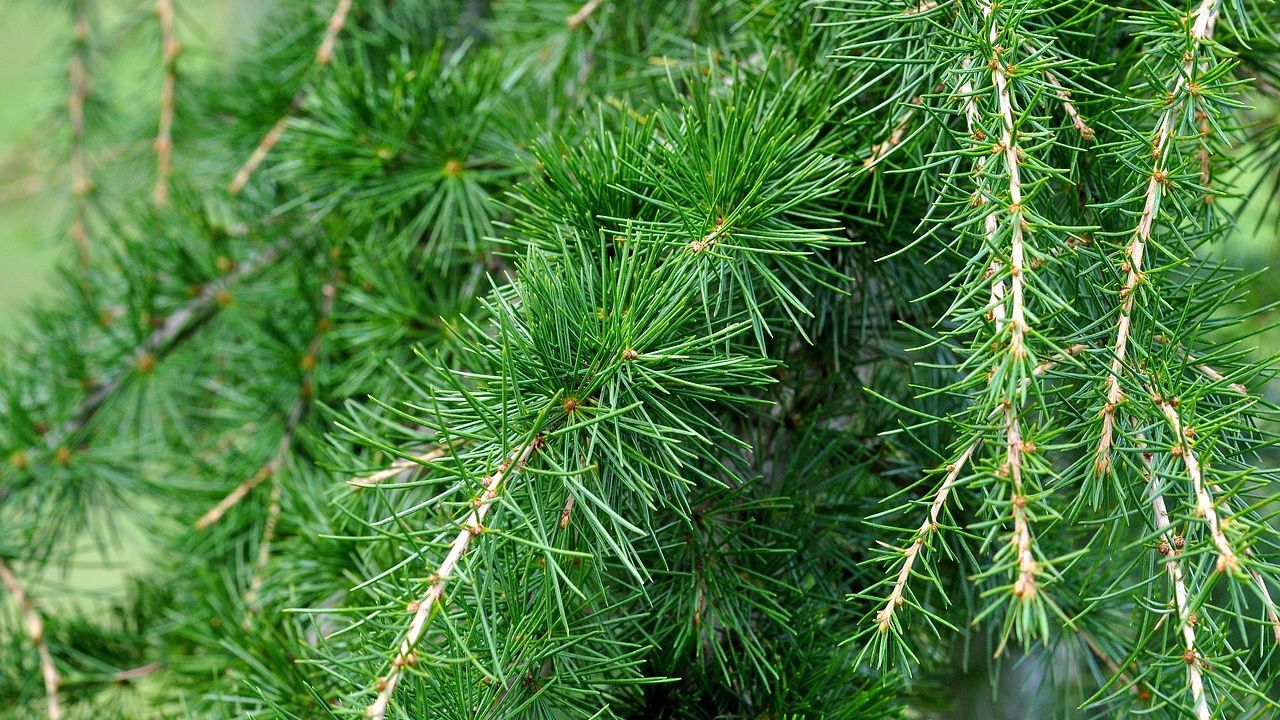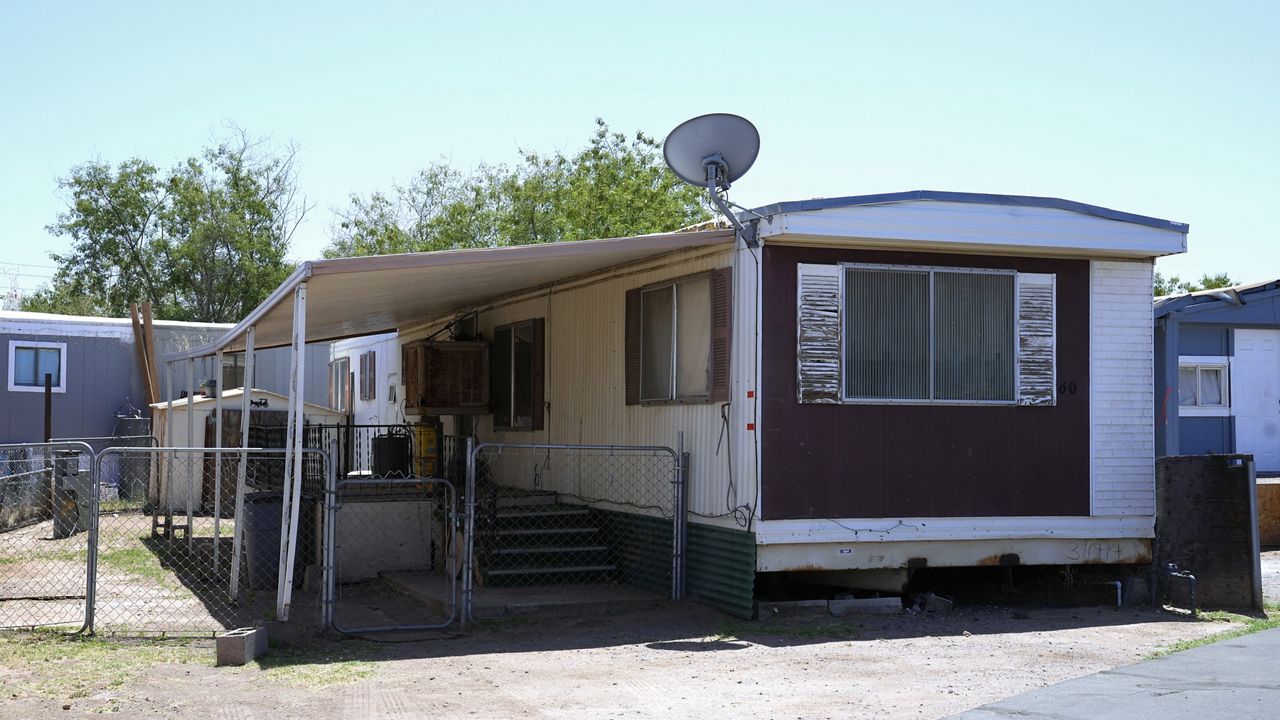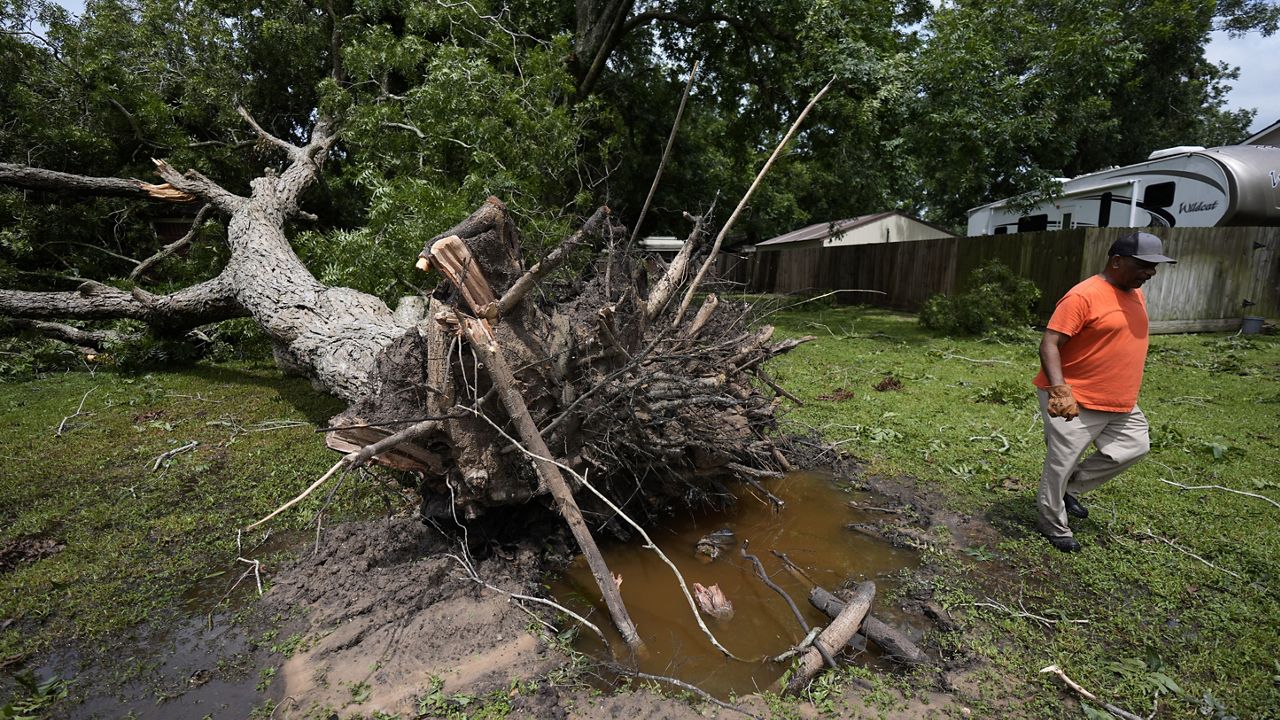TEXAS — Cedar fever season is in full swing, and if you’re in Central Texas, you’re likely already feeling it.
Cedar fever is caused by a large amount of pollen in the air, which happens when cedar trees pollinate during peak months. This often creates an eerie cloud of pollen around cedar and Ashe juniper trees that is often mistaken for smoke.
During this time, the pollen count gets higher and gusts of wind will spread the allergens throughout the area, causing people’s allergies to flare.
Especially if you’re prone to allergies throughout the year or have preexisting conditions like asthma, chronic obstructive pulmonary disease (COPD) or severe diabetes, cedar fever can cause extreme reactions.
The season when cedar fever is common goes from November through March, but it affects people the most from December through February.
The symptoms of cedar fever are similar to those of a cold or flu, including:
Extreme tiredness
Sore throat
Runny nose
Difficulty smelling
Mild fever
Itchy watery eyes
Stuffy nose
Plugged ears
Frequent sneezing
If you’re unsure if you’re suffering from cedar fever, a good way to check is your mucus, according to WebMD. If it’s yellow or greenish, you likely have another illness. But if it’s clear, it could be cedar fever or a viral infection that causes a runny nose. A flu will also come with a high fever, which — despite the name — isn’t caused by cedar fever.
As for treatment, cedar fever can't be prevented entirely but you can take steps to reduce your symptoms by taking over-the-counter antihistamine medication or allergy medication. You can also use a Neti Pot or other nasal irrigation tools to flush out your sinuses. The best thing to do is to avoid cedar pollen entirely by staying indoors and keeping windows and doors shut. If your symptoms are too extreme to manage, contact your health care provider.







